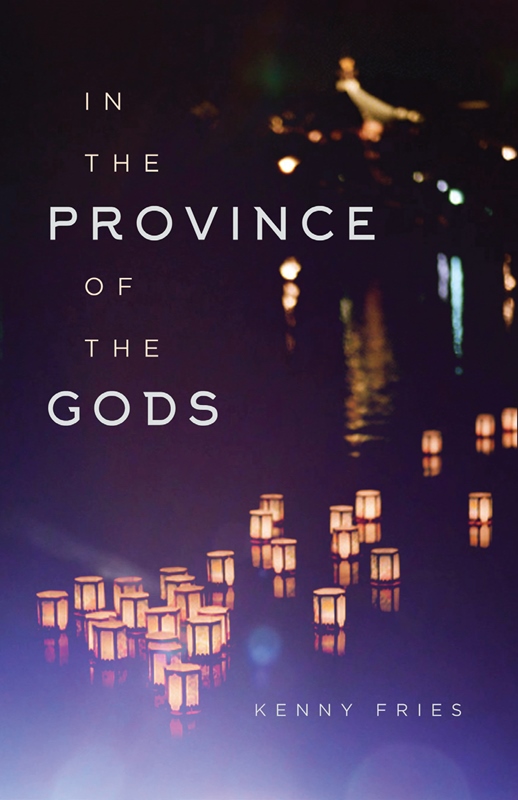The War Memorial in the Sea
/By David Lewis:
On a grey summer’s afternoon the Crosby beach is busy with holidaymakers. The waterfront of Liverpool follows the great curve of the Mersey as it pours into the Irish Sea, but at Crosby the urban sprawl runs out of enthusiasm and is broken with open spaces – playing fields, parks, farms. At the end of the long promenade there is a Lifeboat station, an ice cream van, a car park. Here the long beach starts, the hard sands that run along the coast to the Lune river estuary fifty kilometres or so north. This is a raw coastline. The Irish Sea is a cold expanse of water, emptier than it once was, although the slow container ships still slip quietly in and out of Liverpool. There are cruise ships now as well, vast white hotels drawn by the renaissance of the city centre. Haunted by the cries of gulls, the coastline sprawls beneath vast mutating cloudscapes and feels wary and unpredictable.
Beyond the Lifeguard station a low flat field of broken stones runs for two hundred, maybe three hundred metres along the shore. At the beach’s edge the stones are slippery with seaweed; pools form among the stones, limpets colonise the surfaces. It looks like builders’ rubble and most visitors ignore it in favour of Antony Gormley’s famous Another Place sculptures and the great expanse of hard golden sand. But there is deep history here, old stories in these stones, there is remembrance, and there is forgetting.
Close up, this is unusual rubble; Victorian bricks dissolved by the salt water into gritty, lumpy, mosaic sand, chunks of sea-glass worn pale-grey and smooth, ancient bleached china electrical fittings. But the clue to this landscape does not lie in the bricks. There are larger pieces; not uncut stones, not quarry-refuse, not landfill. They are architecture.
Some of these pieces are small, a metre long, but others are quite large – the size of a sofa, say, or an upright piano. Some are hand-carved sandstone, deep flowers fading into sand; others are granite, untouched by seaweeds or limpets, as sharp as the day they left the mason’s yard in the 1870s. Some have letters carved into them, a teasing suggestion of names and landmarks. I have often wanted to identify the buildings they came from, through old photographs and architects’ plans. Would it be possible to separate these small piles of loss back into individual buildings and fit them together like a sea-worn jigsaw puzzle? Ultimately they could be restored to the street; the cornices and friezes, words and titles once again seventy feet above the pavements. But what would this achieve? Standing on the shore, this dream no longer seems possible or even desirable.
These ruins were taken from the cityscape of Liverpool and especially Bootle, cleared after the terrible blitzkrieg unleashed by the Germans in 1940 and 1941. Once these fragments were parts of banks, insurance offices and hotels, buildings which added dignity and strength to the streets. Every stone comes from a bombed building, every brick comes from a bombed house, perhaps from a house where people died. And so this long field of stones and bricks is a war memorial. Not a solemn classical monument at the heart of the city, but a war memorial nevertheless. 4000 people died in Liverpool in the Blitz, and Bootle alone lost over 400. This is an informal war memorial open to the elements, a war memorial washed twice a day by the tides, a war memorial covered in seaweed. There is no forced solemnity, no guards, no flags, no eternal flame. No Dulce, no Decorum. Children scramble over these ruins, they hunt for shrimps in the pools among the weedy stones, sit on the warm sand with their backs to giant lumps of the city. Adults take pieces of brick as souvenirs, perhaps to remember the dead, perhaps remembering the war itself. Most do not know the history of these fragments, these splinters of city. It is irrelevant. Nothing can be done to them without heavy machinery, no amount of souvenir hunters can damage the integrity of these stones and bricks. Three hundred metres long, but how deep? Without massive human interference, only time will fade these ruins.
At dusk in the summer the beach is clear. This is not the Mediterranean; the cool air from the Irish Sea means that on the warmest day the heat does not linger. The lights come on in Wallasey three kilometres away across the Mersey, and the ruins fade into the dusk again, as they have done every night since the late 1940s. I do not think that this memorial-landscape should be formalised, protected, solemnised; this should be a quiet place to remember our unknown dead in a very Liverpool way, informal but never unserious, to the lament of waves running across the evening sands and gulls crying in a grey sky.
David Lewis has written five books of history/landscape/psychogeography about his native Liverpool and Merseyside. He posts urban/rural images on Instagram - davidlewis4168 and mutters about the world on Twitter - @dlewiswriter




























